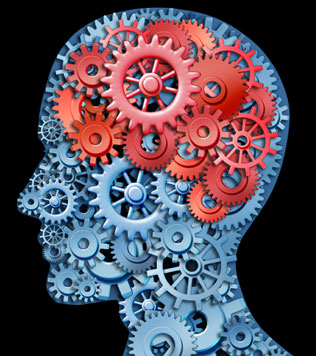Backcasting & Optimism (Paradox Pair #51)
The backcasting technique can overcome the dangers of optimism bias, which shields us from undesirable information — even when that information is vital.

We're an optimistic bunch. We more easily imagine successful outcomes than failures. We remember positive events more than negative ones. We expect the future to be better. We believe in our talents. Our sunny outlook allows us to tackle hard problems, boosting confidence and providing us motivation. This evolutionary trait helped us survive in a harsh world, yet it doesn't serve us well now. We have an affliction, we are suffering from optimism bias.
Across many different methods and domains, studies consistently report that a large majority of the population (about 80% according to most estimates) display an optimism bias. -Tali Sharot (@affectivebrain)
We have a tendency to underestimate risk, costs, and the demands of a task. Referred to as the planning fallacy, it causes us to plan poorly for the future. We also discount how much luck influences our outcomes — tending to mislabel good luck as skill, and to attribute failure to bad luck. The planning fallacy holds true even for tasks where our experience should dictate otherwise. When presented with evidence disconfirming a belief, we ignore it. Optimism protects us from undesirable information.
We often engage in forecasting tasks, planning for a desired future state. Our optimism bias causes us to overweight the probabilities of success. This forward looking process also tends to limit the amount of possibilities we explore because we tend to create iterative solutions based on today's mindset.
We can counter this approach by using a method called backcasting. Instead of starting with today's state, as forecasting does, with this technique we begin by defining the successful outcome we desire. We then work backwards to ascertain the requirements to achieve it. We ask the question, "What do I need to do to achieve this vision?" Backcasting is purpose driven, allowing us to solve for the "why". We are free to explore a wider set of solutions that are tied to the result rather than the starting point.
Once we have identified the possible solutions to an outcome, and the steps required to implement them, we can then apply probabilities for each. Through the use of backcasting and marrying the possibilities with probabilities, we can greatly improve the chances of achieving the outcomes we desire.
The Paradox Pairs series is an exploration of the contradictory forces that surround us. A deeper study finds that these forces often complement each other if we can learn to tap into the strength of each. See the entire series by using the Paradox Pairs Index
Further Reading










